What Is Slab Leak Detection?
Slab leak detection involves identifying hidden leaks beneath the concrete foundation of a home or building. Understanding the importance of timely detection and the variety of available methods helps property owners protect their investments. Slab leak detection services often utilize both traditional techniques and advanced technologies to accurately locate leaks with minimal disruption. This article explores these methods, their effectiveness, and the role of professional expertise in both prevention and repair.
What Are Slab Leaks?
Slab leaks refer to water leakage from pipes located under the concrete slab of a building's foundation. These leaks predominantly occur in supply pipes made from copper, galvanic steel, or polyethylene. Common causes include abrasion, corrosion due to chemical reactions, and poor installation. Often, shifting soil or ground movement also leads to pipe damage. Continuous water flow or pressure can exacerbate existing vulnerabilities, leading to leaks.
The impact of slab leaks can be catastrophic if not addressed swiftly. Water seeping under a slab can weaken the foundation, causing cracks, deterioration, and uneven settling. Flooring materials such as wood, carpet, and tile may suffer damage due to moisture absorption. Over time, these leaks can escalate to significant structural issues, creating safety hazards. These hidden leaks can often go undetected, causing long-term property depreciation.
Detecting a slab leak often starts with recognizing unusual symptoms around the home, such as unexplained increases in water bills or the sound of running water when no fixtures are in use. Additional warning signs include warm or damp spots on the floor, reduced water pressure, and the presence of mold or mildew beneath carpets. Visible cracks in the foundation may also point to a more serious issue below the surface. Slab leak detection services can help homeowners identify these problems early, preventing extensive damage and costly repairs.
Slab leaks are especially common in areas where pipes experience frequent stress, such as beneath bathrooms and kitchens where plumbing systems are heavily used. Hot water lines are particularly vulnerable due to the effects of thermal expansion, while dense soils or seismic activity can accelerate pipe deterioration. According to the EPA, a typical household's leaks can account for more than 10,000 gallons of water wasted annually, underscoring the importance of early detection and monitoring. These factors emphasize the need for vigilant pipe maintenance and targeted slab leak detection in high-risk environments.
What Are Some Traditional Detection Methods?
Visual inspections play a significant role in detecting obvious signs of water leakage. Though rudimentary in nature, this method involves checking for water accumulation, damp spots, or mold. However, purely relying on sight limits the capacity to detect leaks until they manifest physically. Despite their straightforwardness, they require periodicity and meticulous attention to potentially concealed areas. This approach is less effective without accompanying technology or experienced analysis.
Using acoustic listening devices, plumbers can detect leaks by amplifying sounds of escaping water. This equipment senses the frequency and intensity of sounds, helping to localize the issue. Acoustic methods are advantageous for their non-invasive nature, pinpointing leaks without unnecessary excavation. This technique works best at identifying noise patterns that deviate from normal water flow. However, exterior noises and pipe material may affect sound clarity, requiring experienced interpretation.
Dye testing is a method used in slab leak detection services that involves introducing colored dye into suspected leak pathways to trace water movement. Plumbers then watch for visible signs of the dye in areas where leaks may surface, such as floors or walls. While this technique is helpful in confirming the presence and approximate location of a leak, its effectiveness decreases when dealing with concealed or hard-to-reach piping. Nonetheless, dye testing remains a useful supplemental tool when used alongside more advanced slab leak detection methods.
Moisture probing uses specialized meters and probes to detect moisture levels in areas suspected of leaking. This method helps identify areas of higher-than-normal moisture content indicating a leak. Moisture meters serve as practical tools to distinguish between regular condensation and problematic leakage. Probing is especially useful in complementing visual inspections, confirming hunches with quantifiable data. While insightful, these readings require accurate calibration and environmental considerations.
What Advanced Detection Techniques Exist?
Infrared thermography utilizes thermal imaging to detect temperature variations caused by leaking water. This non-invasive approach identifies thermal signatures indicating water presence or leakage. Infrared cameras offer a bird's-eye view of entire areas, allowing quick assessments without physical interference. Their effectiveness in inaccessible areas makes them invaluable tools for early detection. Nevertheless, interpreting thermographic data warrants a skilled professional to ensure accurate diagnosis.
Helium detection is a highly precise method used in slab leak detection services, involving the introduction of helium gas into the plumbing system to trace leaks. Because helium is light and inert, it moves easily through even the smallest openings, allowing for accurate pinpointing of leak locations. This technique is especially valuable in complex or buried plumbing networks, though it requires specialized equipment and skilled professionals to operate safely. As a result, helium detection is often considered a gold standard in slab leak detection, offering both sensitivity and minimal disruption to the property.
Video pipe inspection uses cameras inserted into pipes to visually confirm and assess leak conditions. These inspections provide live feeds, giving detailed views that highlight obstructions, cracks, or misaligned connections. The advantage of video inspections lies in their ability to catch elusive issues missed by other methods. This technique requires specialized equipment and skilled operators proficient in interpreting video data. In addition to identification, it allows comprehensive planning for remediation.
Electromagnetic pipeline locators play a key role in slab leak detection services by helping identify underground utilities and mapping pipeline routes. These devices generate magnetic fields that reveal breaks or irregularities in the pipes, allowing technicians to assess large plumbing networks accurately. Plumbers rely on this technology to detect potential leaks before they cause visible damage, providing a proactive approach to maintenance.
How Can Slab Leaks Be Prevented?
Regular inspections play a vital role in preventing slab leaks from developing into serious structural issues. By scheduling routine evaluations, homeowners can detect early warning signs and make timely repairs or adjustments. Incorporating advanced technology through professional slab leak detection services significantly improves the accuracy and effectiveness of these inspections. This proactive approach helps extend the lifespan and reliability of a home’s plumbing system.
Proper plumbing design substantially lowers the likelihood of slab leaks. A well-thought-out design reduces excess pressure on pipes by streamlining water flows and minimizing sharp angles. Efficient layouts promote ease of access for future maintenance and repairs. Coordination between construction, plumbing, and structural engineering spotlights weak spots, creating more robust systems. Following established guidelines and modern design principles averts potential issues down the line.
Modern technology plays a pivotal role in leak prevention with innovative solutions. Smart sensors and monitoring systems provide real-time alerts on leaks or pressure irregularities, enabling prompt responses. Incorporating technology helps home and property managers coordinate automated systems for efficiency. Submersible pumps, wireless readouts, and digital controls contribute significantly to proactive issue management. These advancements collectively foster smarter infrastructure that adapts swiftly to mitigate potential dangers.
Slab leak detection services are essential for preserving building health and preventing costly structural damage. By combining traditional and advanced detection techniques, these services ensure accurate identification of leaks before they escalate. Timely intervention by qualified professionals extends a property’s lifespan and provides homeowners with valuable peace of mind. Contact Jim England Plumbing if you suspect that you're dealing with a slab leak.

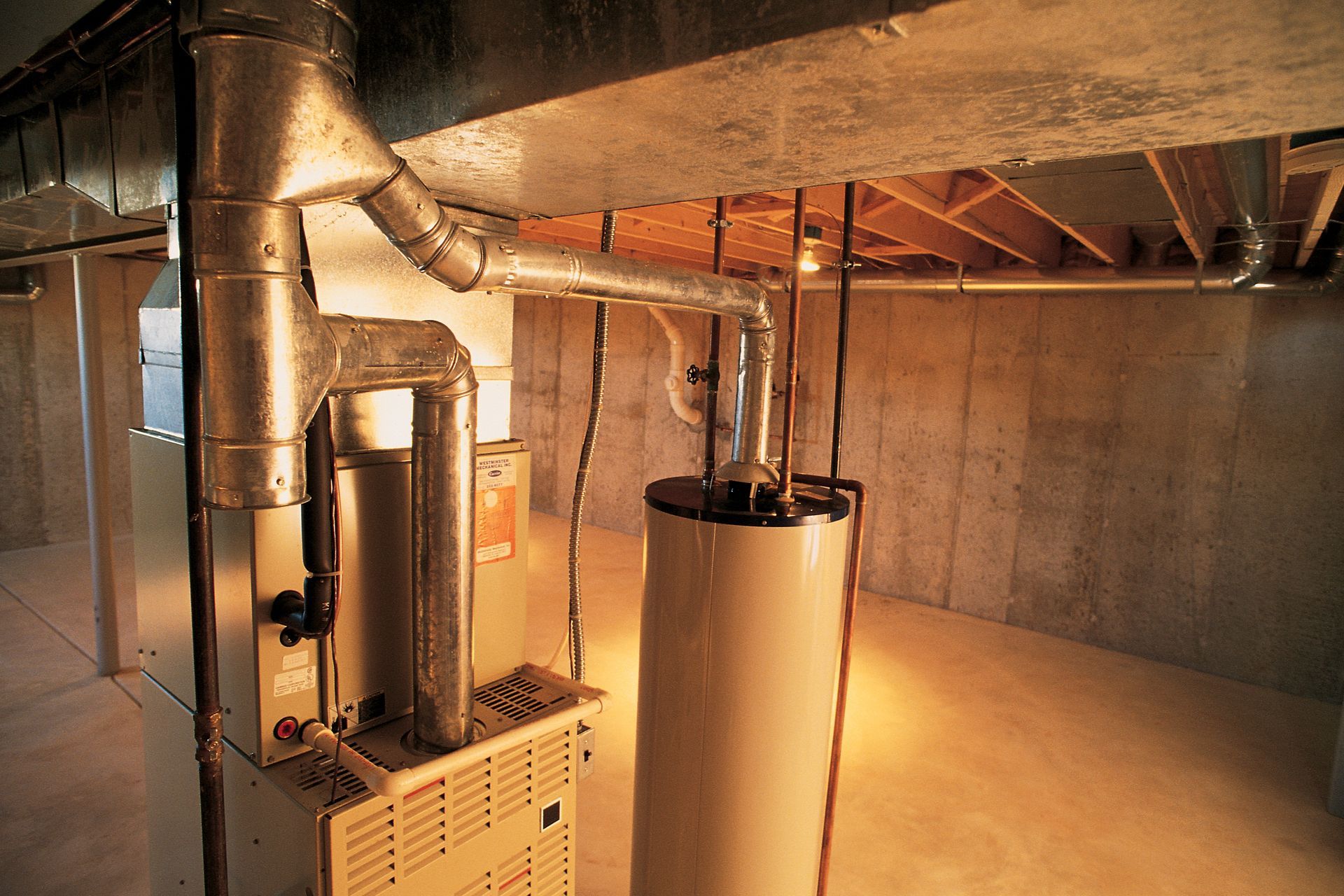

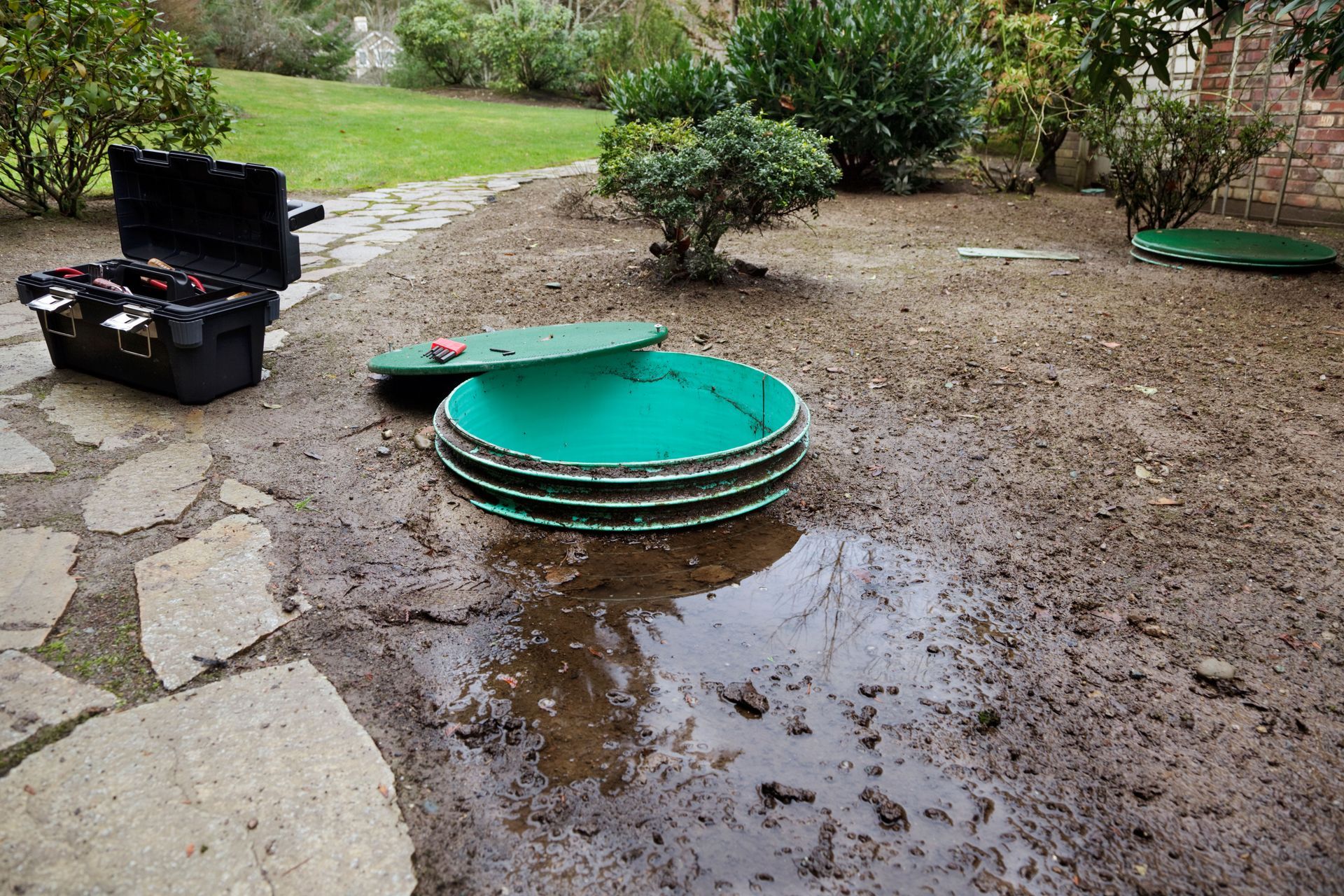
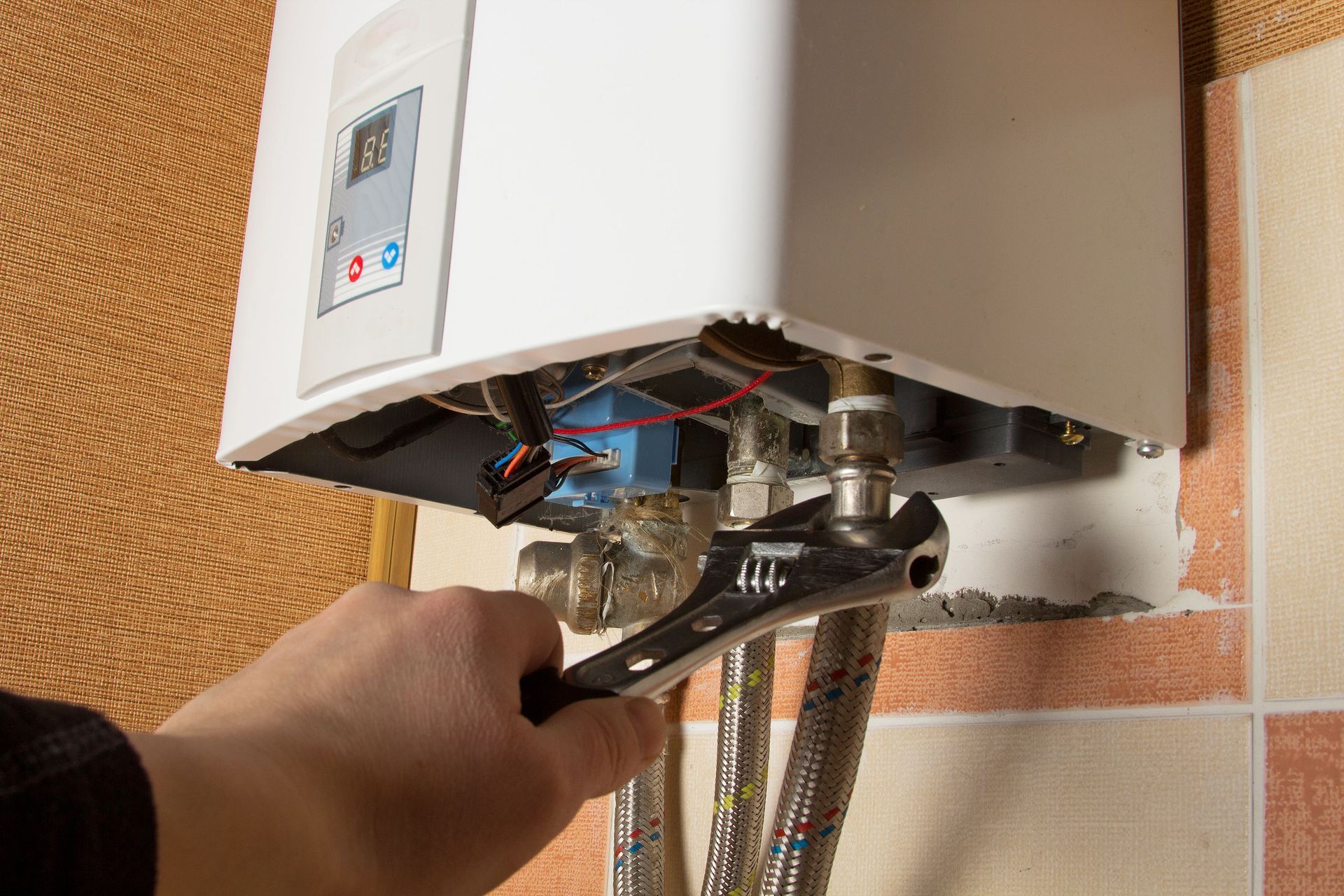
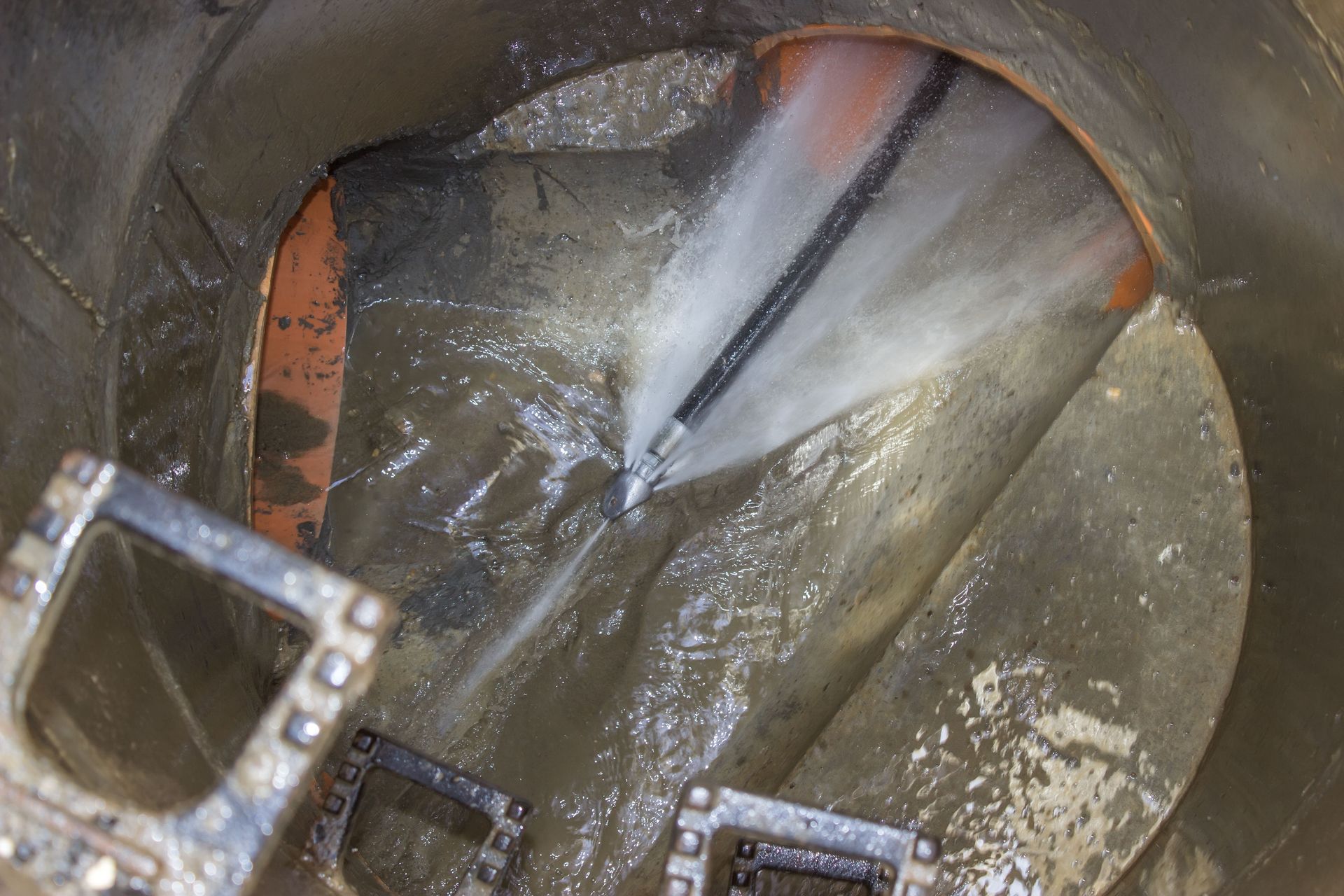
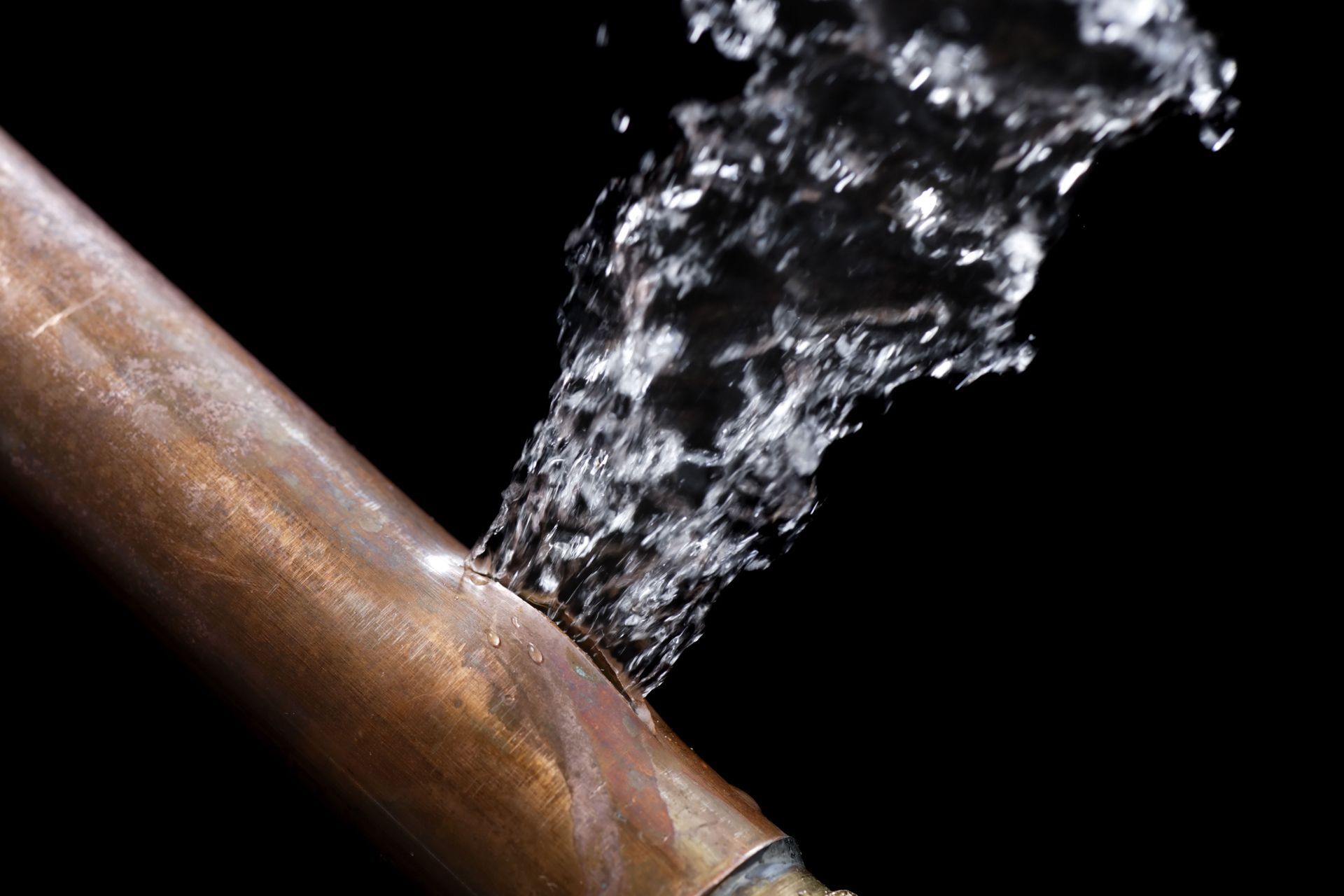
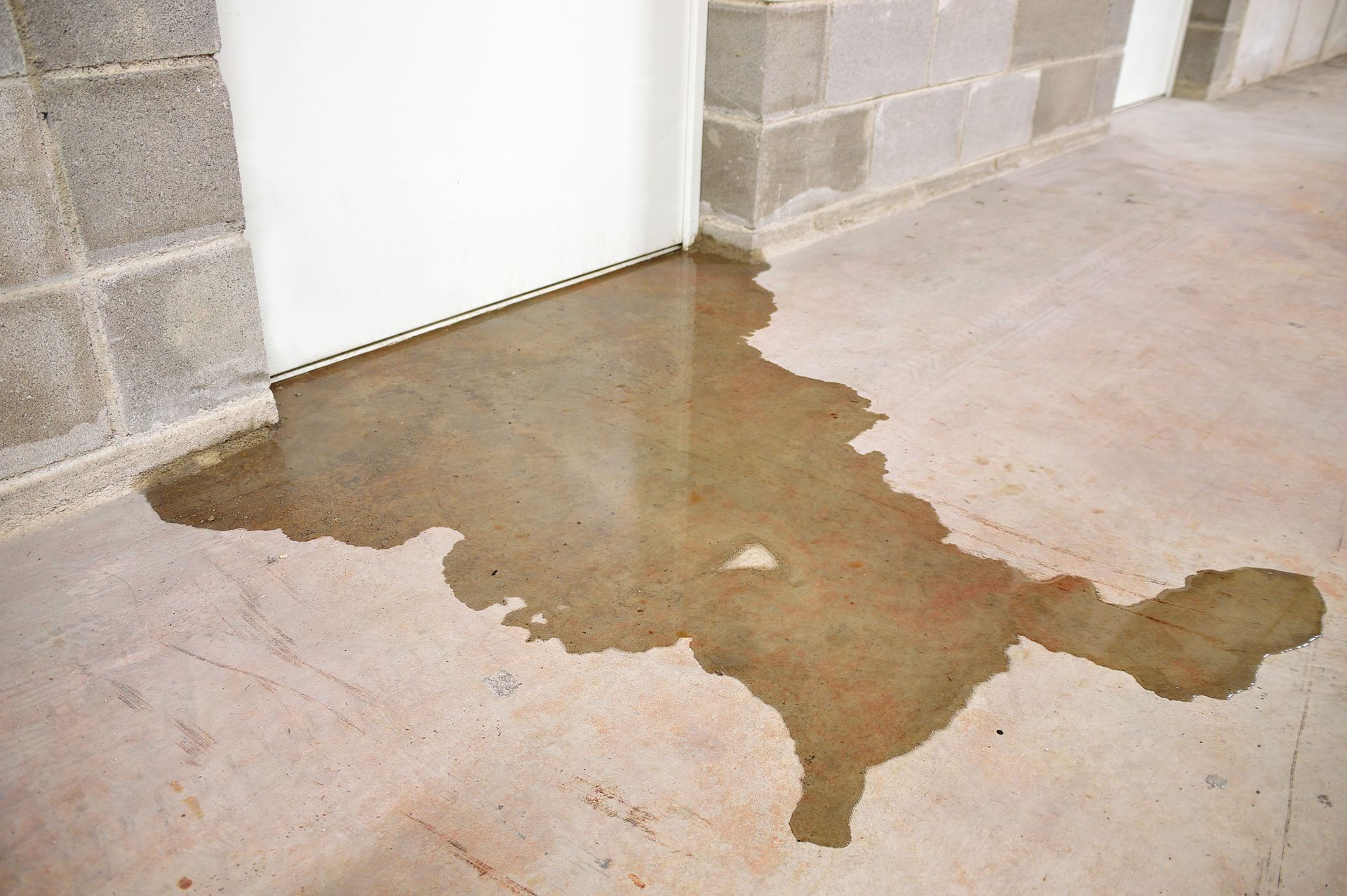
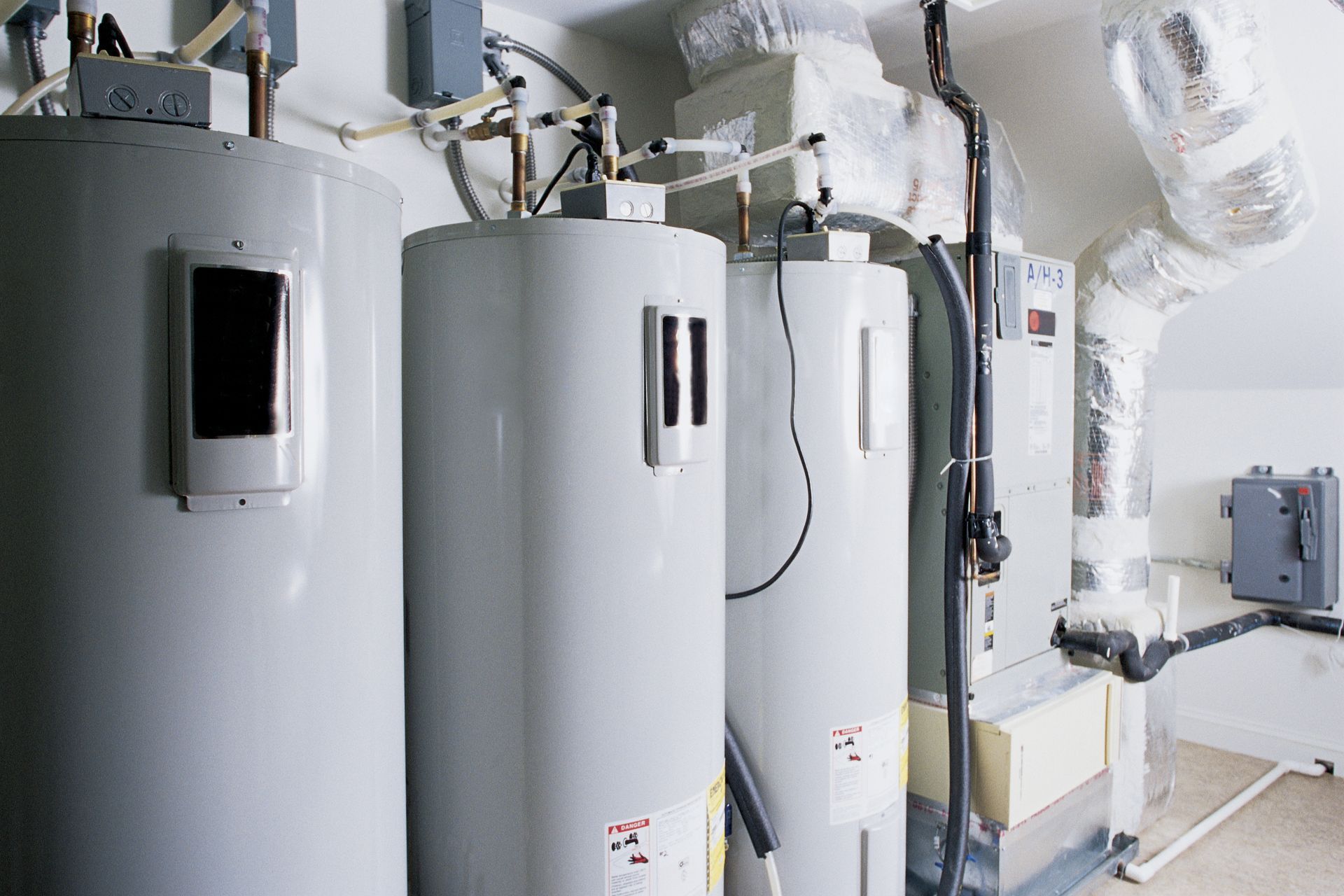
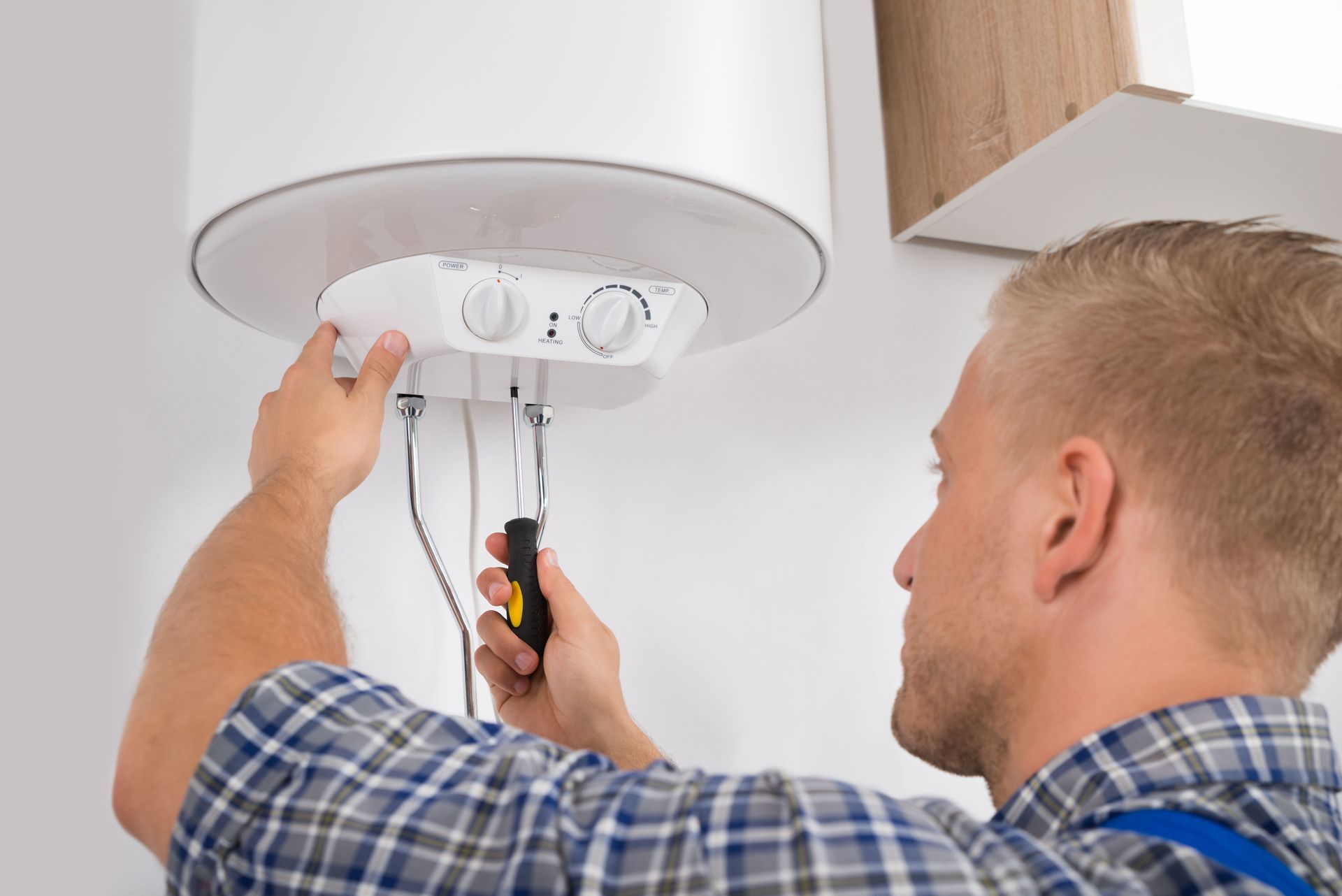
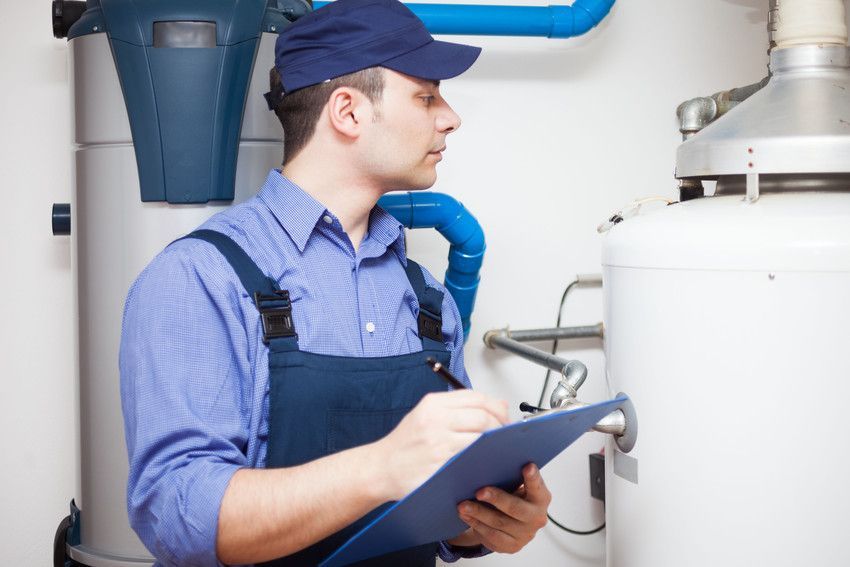
Share On: